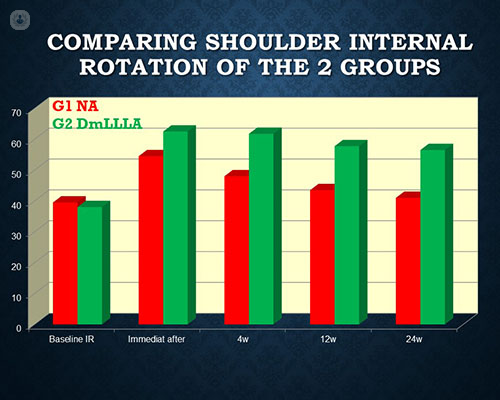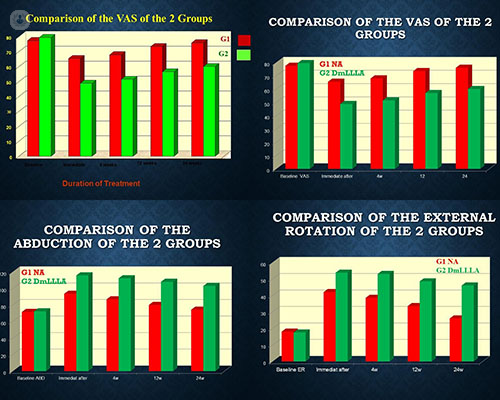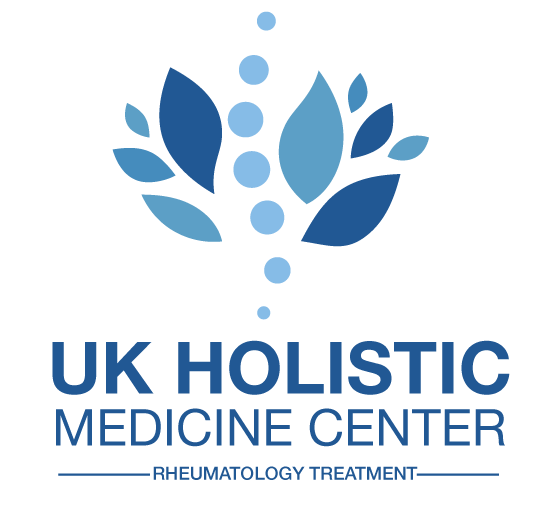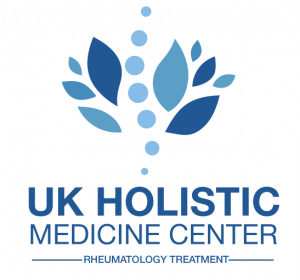
Low-level laser acupuncture therapy is a new method for the relief of supraspinatus tendinitis. Supraspinatus tendinitis is inflammation of the supraspinatus, a muscle in the rotator cuff structure of the shoulder. It is one of the most common causes of shoulder pain. It is usually caused by repetitive stress and overloading of the shoulder during sports or occupational activities.
What is the conventional therapy for supraspinatus tendinitis?
The conventional therapy for supraspinatus tendinitis is an analgesic and muscle relaxing agent. Unfortunately, many patients do not want to undergo this therapy as there are a number adverse side effects, and it provides inadequate relief.
There are also a number of complimentary treatments for supraspinatus tendinitis:
- Chiropractic methods
- Osteopathic methods
- Alexander technique
- Magnetic treatments
- Acupuncture
- Electroacupuncture
What is low-level laser therapy (LLLT)?
Low-level laser therapy is similar to acupuncture in that it stimulates the muscle, but it uses low-intensity laser irradiation instead of needles. It is used in about 30 – 40% of physiotherapy centres. LLLT has been FDA approved, and designated a non-significant risk device, recommending its use as an adjunctive treatment for painful conditions.
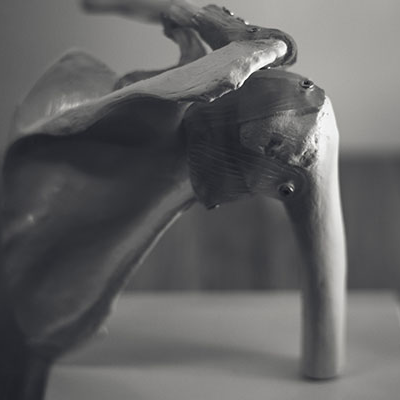
What is Dr Dhiya Houssien’s new low-level laser acupuncture therapy?
Dr Dhiya Houssien has developed a new, much more convenient form of LLLT. Normally LLLT is given in up to 20 sessions. However, Dr Houssien’s low-level laser acupuncture therapy can be given in as little as two sessions. This new therapy uses expert precision to target acupuncture points, which helps relieve pain.
What advantages does low level laser acupuncture therapy have over regular acupuncture?
Low level laser acupuncture therapy has a number of advantages over traditional acupuncture:
- It’s painless.
- It’s safe and has no side effects.
- Suitable for people who are sensitive to needles or have a fear of needles
- The dosage is adjustable.
- Suitable for the treatment the perineum or genitals (sexual dysfunction).
- A far shorter treatment time: 5 – 20 seconds per point, as opposed to 30 minutes if using a needle.
How does it work?
Low level laser acupuncture therapy is similar to traditional acupuncture, in that it uses laser therapy on acupuncture points. Western practitioners of acupuncture view these points as areas of the body that stimulate nerves, muscles, and connective tissues, increasing blood flow in the body and the release of endorphins, our natural painkillers
What are the contraindications for laser therapy?
Laser therapy is not recommended:
- If you are pregnant.
- If you are a transplant patient.
- If you are immunosuppressed.
- If you are taking anticoagulants.
It is also not recommended to use laser therapy over the thyroid gland, over paediatric joint epiphysis or the eyes.
Has low-level laser acupuncture therapy been proven to be more effective than needle acupuncture?
Yes. Dr Houssien carried out a study to analyse the effects of low-level laser acupuncture therapy in comparison to traditional acupuncture.
In this study, 40 patients were equally divided into two groups. Each participant received only one session. Pain intensity was assessed on 100 mm visual analogue scale (VAS). The ranges of motion were measured using goniometry.
Assessment of the patients was carried out before the treatment, immediately after, 4 weeks later, 12 weeks later and 24 weeks later.
Immediately after the completion of treatment, the mean VAS dropped from 78 to 66 mm in the acupuncture group (G1) but increased at the follow-up visits to 76 mm after 24 weeks. In contrast, VAS decreased from 80 to 60 mm in G2. After 6 months of a single session Abduction increased from 72º to 74º in G1, while increased in G2 from 72º to 116º. The external rotation increased from 18º to 26º in G1 compared to an increase from 18º to 46º in G2. There were also increases in internal rotation from 40º to 54º in G1, but it increased from 38º to 57º in G2.
